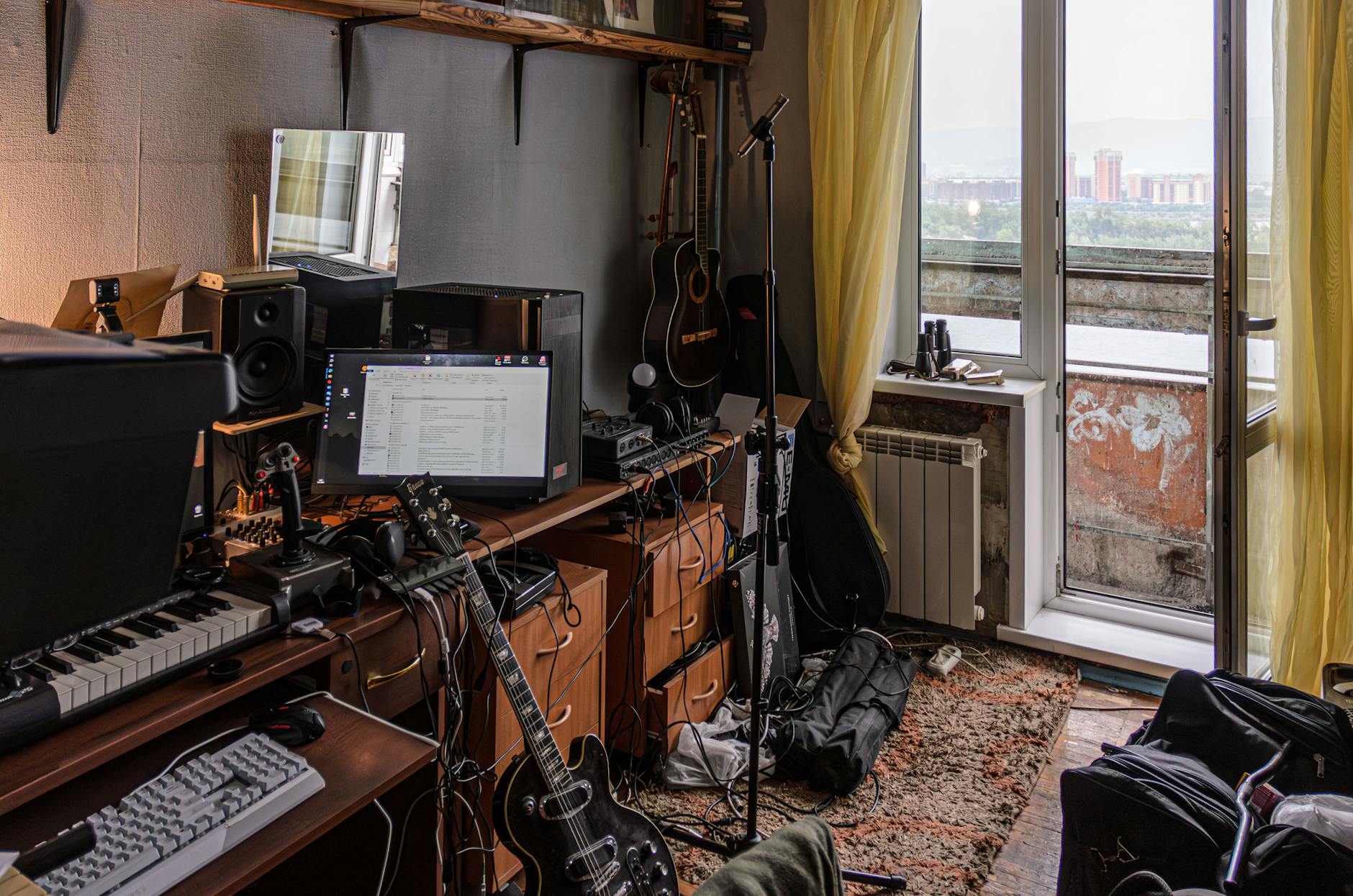**Table of Contents**
**1. Introduction**
**2. The Role of Bracing in Guitar Construction**
**3. How Soundboard Bracing Influences Tone**
**4. The Types of Bracing and Their Effects**
**5. Enhancing Volume and Sustain**
**6. Customization and Personal Preference**
**7. Bringing It All Together**
**8. Frequently Asked Questions**
**1. Introduction**
When it comes to achieving that perfect guitar tone, many players focus on the body shape, wood type, and even the strings they use. However, one often-overlooked aspect of guitar construction is soundboard bracing. This crucial feature plays a significant role in shaping the instrument’s overall sound and character. Delving into the nuances of bracing methods can unlock a realm of tonal possibilities, offering musicians the chance to elevate their performance.
This blog post explores the intricate relationship between soundboard bracing and guitar tone. By examining the various types of bracing and how they affect sound, musicians can find the ideal configuration to suit their unique style. Get ready to expand your understanding and possibly transform the way you approach your instrument.
**2. The Role of Bracing in Guitar Construction**
Bracing serves as the backbone of the guitar’s body, reinforcing the top plate while allowing it to vibrate freely. This balance is crucial, as the soundboard needs to endure tension from the strings while optimizing sound production. Without proper bracing, the guitar might easily warp or crack, complicating your musical journey.
Moreover, bracing techniques have evolved over time, driven by the desire for richer sounds and greater projection. Selecting the right bracing pattern not only helps preserve the instrument but enhances sound quality significantly. Understanding this fundamental element leads musicians to more informed choices when selecting or customizing a guitar.
**3. How Soundboard Bracing Influences Tone**
The connection between soundboard bracing and tone cannot be overstated; it fundamentally affects how sound waves resonate within the guitar’s body. The design of the bracing impacts stiffness and flexibility, factors that directly influence tonal qualities. When you strike a note, the vibrations travel through the soundboard, interacting with the bracing patterns to create a unique tonal profile.
Additionally, the positioning of the braces alters how sound waves radiate from the instrument. Different bracing configurations allow for varying degrees of resonance, depth, and harmonics. By carefully selecting a bracing style, musicians can discover new sonic dimensions in their play, expanding their creative horizons.
**4. The Types of Bracing and Their Effects**
Several popular bracing patterns exist, each offering distinct benefits. For instance, X-bracing is commonly found in many acoustic guitars, praised for its ability to produce a full-bodied sound with balanced tone. On the other hand, fan bracing is favored in classical guitars, providing a responsive touch and a focused sound.
Additionally, there is the ladder bracing technique, which emphasizes crispness and clarity, often used in less expensive models. Each bracing method impacts not only tonal quality but also playability, enabling guitarists to select a method that aligns with their musical style and preferences.
**5. Enhancing Volume and Sustain**
One of the most compelling advantages of appropriate soundboard bracing is its effect on volume and sustain. As bracing supports the soundboard, it allows for increased energy transfer during play, resulting in a louder sound. Players often notice a significant boost in projection, making their performances more immersive and engaging.
Moreover, the sustain generated by specific bracing types can elevate a simple melody into a lingering, resonant experience. By enhancing sustain, musicians can explore expressive techniques like vibrato and bending, creating captivating moments within their musical narrative.
**6. Customization and Personal Preference**
Customizing the bracing of a guitar offers unparalleled potential, enabling players to craft an instrument tailored precisely to their style. Many luthiers understand the importance of this individuality and often work closely with musicians to develop unique bracing patterns that accommodate their specific preferences.
This adjustment can lead to a distinct tonal signature that sets the player apart, making each performance a personal statement. Whether a musician favors strumming chords or fingerpicking intricate melodies, the right bracing can dramatically enhance the overall playing experience and unleash the desired sound.
**7. Bringing It All Together**
Understanding soundboard bracing opens up a treasure trove of possibilities for guitarists, influencing everything from tone to playability. By recognizing how various bracing techniques can sculpt sound, musicians can make strategic choices that resonate deeply with their musical intentions.
The interplay between bracing design and sound enhances not only the instrument’s audio properties but also the guitarist’s connection to the music they create. As players become more attuned to these details, they pave the way for more expressive performances.
**8. Frequently Asked Questions**
1. What is the most common bracing pattern used in acoustic guitars?
X-bracing is the most popular choice, known for enhancing volume and tonal balance.
2. Can I modify the bracing of my existing guitar?
Yes, experienced luthiers can adjust or modify the bracing, although it is essential to consult a professional.
3. How does bracing affect my guitar’s tuning stability?
Proper bracing contributes to a more stable soundboard, helping maintain tuning and overall structural integrity.
4. Are there specific bracing types better suited for different genres of music?
Absolutely! For instance, jazz players might prefer X-bracing, while classical musicians often opt for fan bracing.
5. Can a beginner benefit from understanding soundboard bracing?
Definitely! Knowing how bracing influences tone can guide beginners in choosing their first guitar wisely.
**Final Thoughts on the Impact of Soundboard Bracing**
Embracing the complexities of soundboard bracing empowers guitarists to delve deeper into their craft. Understanding its significance not only enhances tone but enriches the entire musical experience. By experimenting with different bracing styles, musicians can embrace a world of creative possibilities, making each session more fulfilling and expressive.
Image Credit: Pexels
